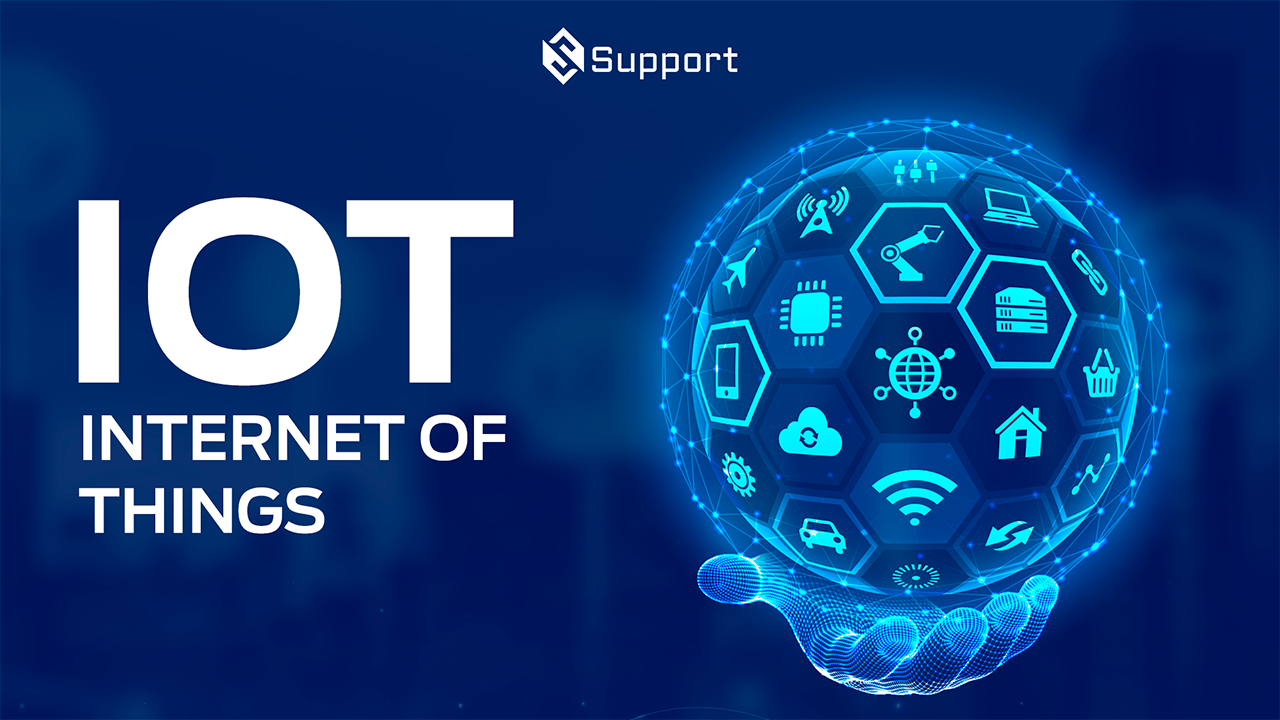How IoT Devices Work: A Simple Explanation with an Everyday Example

Strong 8k brings an ultra-HD IPTV experience to your living room and your pocket.
The Internet of Things (IoT) has become an integral part of our daily lives, connecting various devices to the internet and allowing them to communicate with each other. From smart home appliances to wearable fitness trackers, IoT devices have made our lives more convenient, efficient, and interconnected. In this blog, we will explore the fundamental workings of IoT devices using a simple example that you might encounter in your home.
Example: A Smart Thermostat
Let’s consider a smart thermostat as our example of an IoT device. Unlike traditional thermostats that require manual adjustments, a smart thermostat uses sensors, connectivity, and data processing capabilities to provide automated temperature control for your home.
Sensors: A smart thermostat is equipped with various sensors to gather data about its surroundings. These sensors can include:
a) Temperature Sensor: Measures the ambient temperature in the room.
b) Humidity Sensor: Measures the level of humidity in the air.
c) Motion Sensor: Detects movement within the vicinity of the thermostat.
d) Light Sensor: Measures the intensity of light in the room.
Connectivity: One of the key features of an IoT device is its ability to connect to the internet and other devices. The smart thermostat connects to your home Wi-Fi network, enabling it to communicate with a cloud-based server and other connected devices.
Data Processing: The data collected by the sensors is processed within the smart thermostat’s onboard microprocessor. The microprocessor can run simple algorithms to analyze the data and make decisions based on predefined rules or machine learning models.
Cloud Connectivity: The processed data is sent to a cloud server through the internet. Cloud servers provide storage, processing power, and advanced analytics capabilities. The data can be securely stored in the cloud for further analysis and easy access from various devices.
Machine Learning and AI: The cloud server can employ machine learning algorithms to understand patterns in the collected data. For instance, the smart thermostat can learn your preferred temperature settings at different times of the day and week, optimizing energy consumption accordingly.
Remote Access: The cloud server enables remote access to your smart thermostat. This means you can control the temperature settings and other features of the thermostat using a mobile app on your smartphone, regardless of your physical location.
Automation and Communication: Now comes the exciting part of IoT devices – automation and communication. Let’s say you’re on your way back home during a hot summer day. Your smart thermostat, using the GPS in your phone, detects that you’re approaching home. It will receive this information from the cloud server and pre-cool your home to your preferred temperature before you even step inside.
Conclusion
IoT devices, like our smart thermostat example, work by integrating various components such as sensors, connectivity, data processing, cloud servers, and AI algorithms. The seamless communication and automation offered by IoT devices have revolutionized the way we interact with our surroundings. As technology continues to advance, IoT devices will become even more sophisticated, enhancing our lives with increased efficiency, comfort, and convenience. So the next time you adjust your thermostat with a simple tap on your phone, you can appreciate the underlying complexity that makes it all possible.
Note: IndiBlogHub features both user-submitted and editorial content. We do not verify third-party contributions. Read our Disclaimer and Privacy Policyfor details.


